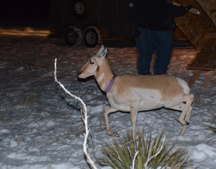 Wildlife researchers with the University of Wyoming (UW), the Wyoming Game and Fish Department (WGFD), and the Bureau of Land Management (BLM) are cooperating on a project to study pronghorn antelope in southwestern Wyoming, a WGFD press release says.
Wildlife researchers with the University of Wyoming (UW), the Wyoming Game and Fish Department (WGFD), and the Bureau of Land Management (BLM) are cooperating on a project to study pronghorn antelope in southwestern Wyoming, a WGFD press release says.
According to biologists, the release says, pronghorn in the region are under increasing pressure from human presence and have seen declines in numbers and the ability to recover from hard winters over the past 20 years, primarily because fawn production is very low. The study, however, is driven by energy production in the region. The press release says that the study will, “provide credible information to industry, the WGFD, and land management agencies, such as the BLM, that are involved in permitting energy development in south-central Wyoming.”
The release details the study’s methodology:
“Each pronghorn was aged, weighed, their blood tested for pregnancy and disease, and their body fat measured,” said Wildlife Biologist Tony Mong.” Fecal samples were collected to determine pronghorn stress levels and each animal was fitted with a collar. The proposal for this three-year study specifies that thirty-five animals in each study area will be fitted with GPS collars, which will record locations across three years. Twenty-five additional animals in each study area will be fitted with VHF collars to bolster the sample for survival estimation. The pronghorn will be monitored from the air on a bimonthly basis. All the collars will be retrieved once an animal dies or after the collars are automatically released in August 2015.”
Read the WGFD press release here.
Photo: Pronghorn in a Colorado study. Courtesy Colorado Division of Wildlife. I apologize for the repeat of photos in the last few weeks. There’s just been a lot of news on pronghorns and golden eagles and not a lot of photos of them in my files.
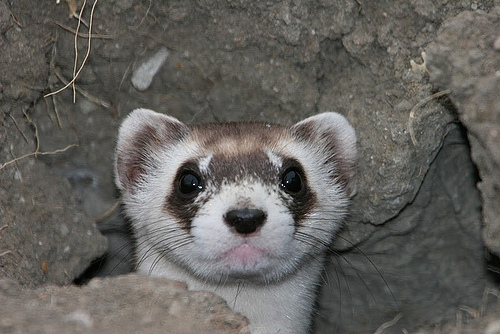
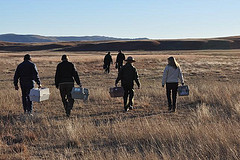

 Wildlife researchers with the University of Wyoming (UW), the Wyoming Game and Fish Department (WGFD), and the Bureau of Land Management (BLM) are cooperating on a project to study pronghorn antelope in southwestern Wyoming,
Wildlife researchers with the University of Wyoming (UW), the Wyoming Game and Fish Department (WGFD), and the Bureau of Land Management (BLM) are cooperating on a project to study pronghorn antelope in southwestern Wyoming, 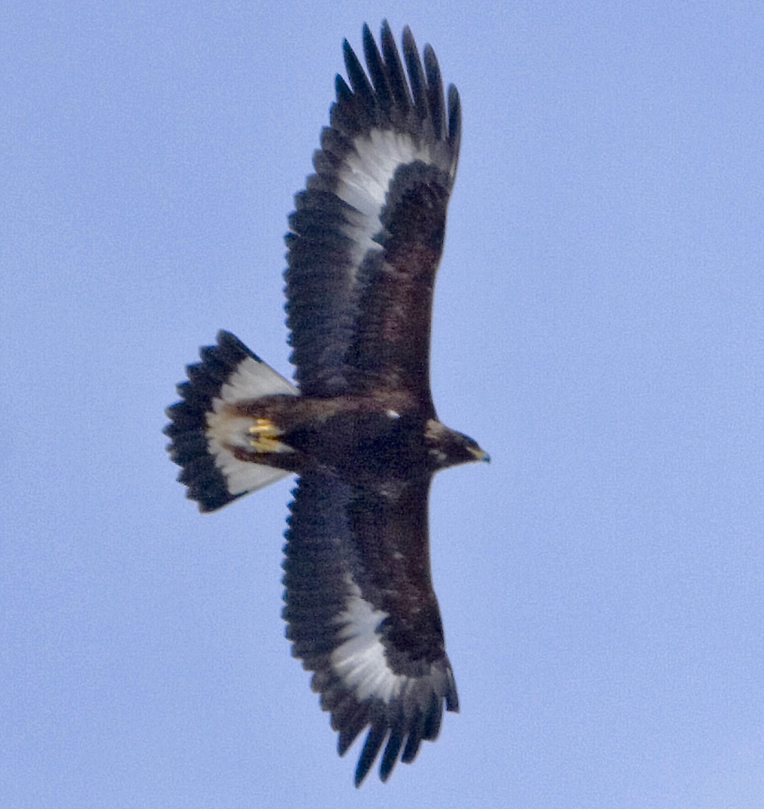 Long before bats had a problem with wind turbines, raptors had a problem with wind turbines. The problem seemed particularly bad in Altamont, California, which was one of the nation’s first utility-scale wind power operations. The lessons learned there were supposed to prevent similar problems happening elsewhere.
Long before bats had a problem with wind turbines, raptors had a problem with wind turbines. The problem seemed particularly bad in Altamont, California, which was one of the nation’s first utility-scale wind power operations. The lessons learned there were supposed to prevent similar problems happening elsewhere.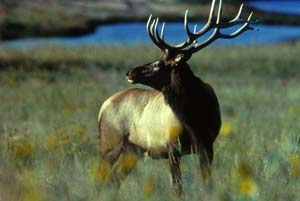
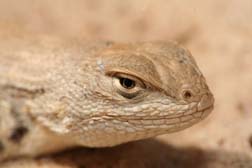 “Comptroller Susan Combs’ office, of course, knows doodly squat about lizards,” says a
“Comptroller Susan Combs’ office, of course, knows doodly squat about lizards,” says a